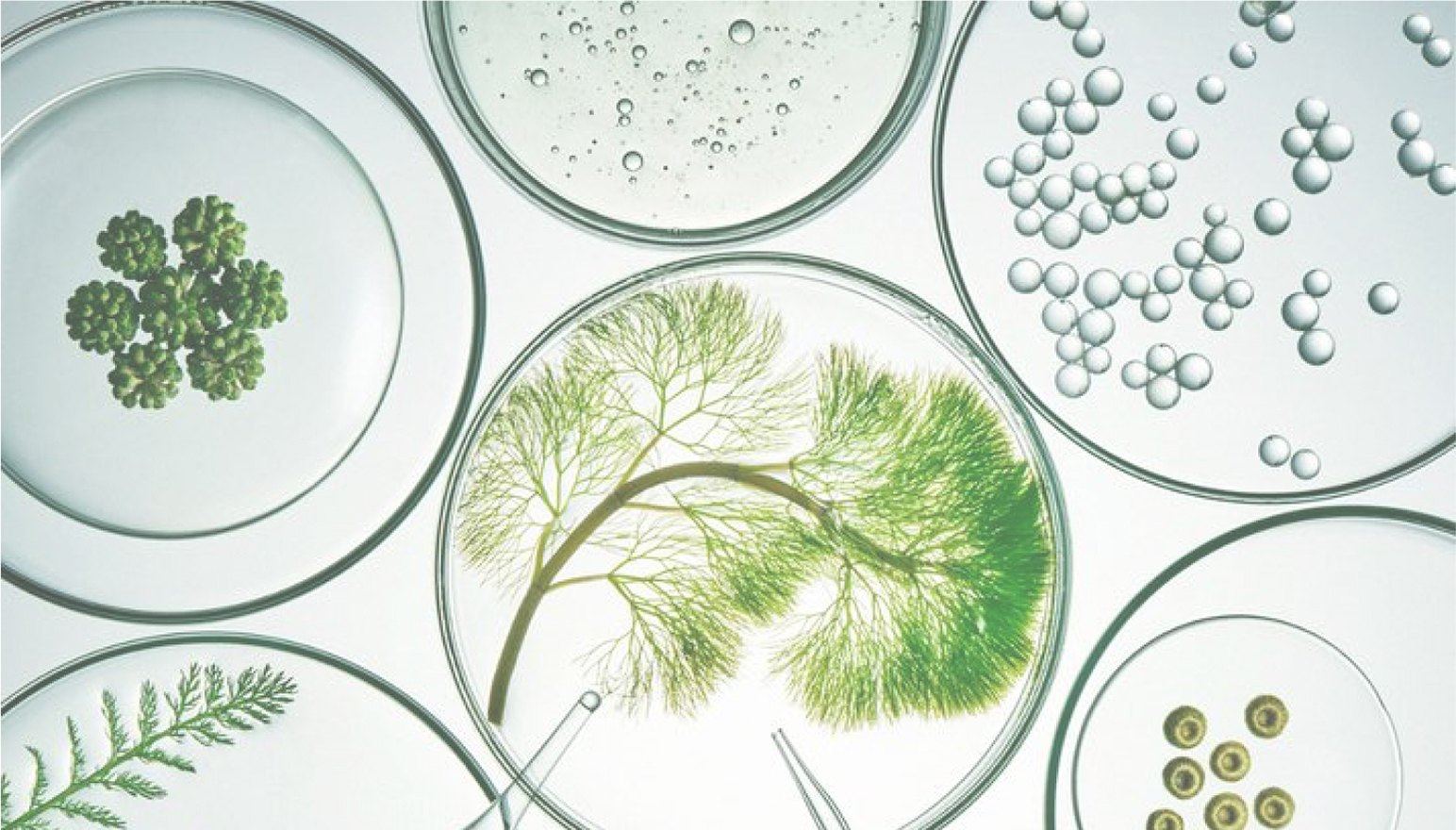Industry Insights

Manuka-type honeys can eradicate biofilms produced by Staphylococcus aureus strains with different biofilm-forming abilities.
März 25, 2014
Chronic wounds are a major global health problem. Their management is difficult and costly, and the development of antibiotic resistance by both planktonic and biofilm-associated bacteria necessitates the use of alternative wound treatments. Honey is now being revisited as an alternative treatment due to its broad-spectrum antibacterial activity and the inability of bacteria to develop…
Bee products as a source of promising therapeutic and chemoprophylaxis strategies against COVID-19 (SARSR-CoV-2).
August 13, 2020
The emergence of novel coronavirus (SARS-CoV-2) in 2019 in China marked the third outbreak of a highly pathogenic coronavirus infecting humans. The novel coronavirus disease (COVID-19) spread worldwide, becoming an emergency of major interna- tional concern. However, even after a decade of coronavirus research, there are still no licensed vaccines or therapeutic agents to treat…
Manuka honey-impregnated dressings in the treatment of neurophatic diabetic foot ulcers.
März 25, 2014
In this study, we investigate the effect of manuka honey-impregnated dressings (MHID) on the healing of neuropathic diabetic foot ulcers (NDFU). A total of 63 Caucasians, type 2 diabetic patients followed up in the diabetic foot outpatient clinic comprised the study population. Patients were randomised in two groups as follows: group I patients were treated…
Antibacterial activity of varying UMF-graded Manuka honeys.
Oktober 25, 2019
Honey has been used as a traditional remedy for skin and soft tissue infections due to its ability to promote wound healing. Manuka honey is recognized for its unusually abundant content of the antibacterial compound, methylglyoxal (MGO). The Unique Manuka Factor (UMF) grading system reflects the MGO concentration in Manuka honey sold commercially. Our objective…
Therapeutic Manuka Honey: No Longer So alternative.
April 20, 2016
Medicinal honey research is undergoing a substantial renaissance. From a folklore remedy largely dismissed by mainstream medicine as “alternative”, we now see increased interest by scientists, clinical practitioners and the general public in the therapeutic uses of honey. There are a number of drivers of this interest: first, the rise in antibiotic resistance by many…
Honey in dermatology and skin care: a review.
März 10, 2013
Honey is a bee-derived, supersaturated solution composed mainly of fructose and glucose, and containing proteins and amino acids, vitamins, enzymes, minerals, and other minor components. Historical records of honey skin uses date back to the earliest civilizations, showing that honey has been frequently used as a binder or vehicle, but also for its therapeutic virtues….
Characterization of antibacterial substances in honey.
Januar 25, 1997
Characterization of antibacterial substances in honey. There are two types of antibacterial agents in honey. The peroxide one is destructed when honey is heated or stored in the light. The other one is a non-peroxide one and is stable to heat and storage. The chemical properties of the non-peroxide activity are determined. Most of the…
Multicentre prospective observational study on professional wound care using honey (Medihoney).
April 25, 2012
Multicentre prospective observational study on professional wound care using honey (Medihoney) In recent years, the treatment of wounds with honey has received an increasing amount of attention from healthcare professionals in Germany and Austria. We conducted a prospective observational multicentre study using MedihoneyTM dressings in 10 hospitals – nine in Germany and one in Austria….


